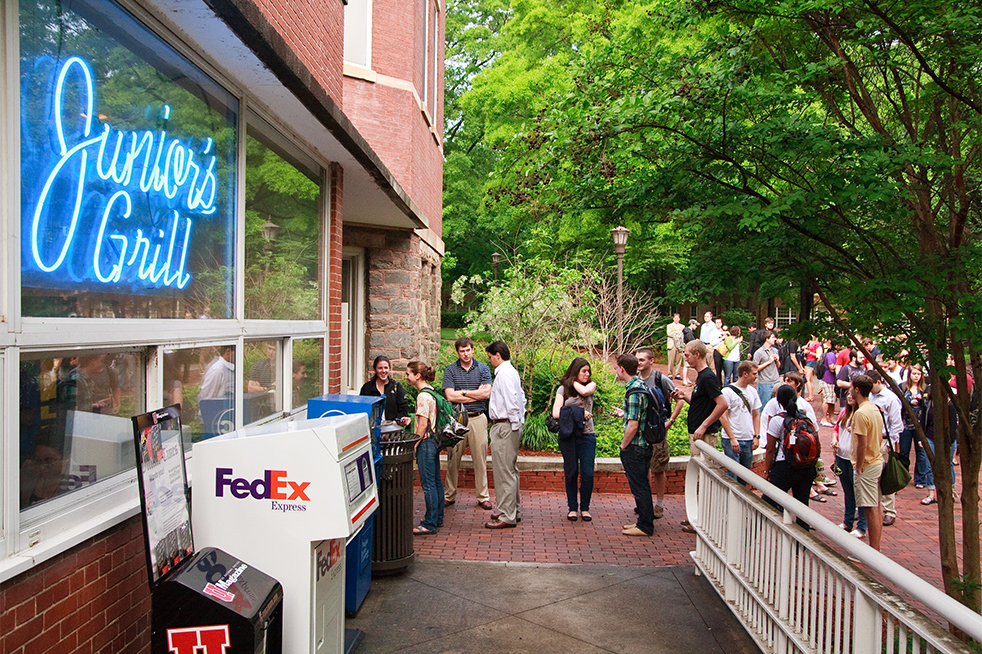Last Monday, Klemis Kitchen officially opened to all students who had officially qualified. The program serves as a food pantry for students in need of proper nutrition, most commonly due to financial difficulties.
Klemis Kitchen’s creation is due in part to the success of Campus Kitchen’s operations at Tech, which launched April 18, 2014.
“It’s a joint program between Georgia Tech and Georgia Tech Dining Services where we’re taking excess food that’s produced in our dining locations and actually packaging it with our student team and distributing it to shelters across the Atlanta area for those who are less fortunate,” said Grant Grimes, the Sustainability Coordinator at Georgia Tech Dining Services.
Because all dining operations must overproduce food to provide good service, the excess can be diverted for some other purpose. This is the core principle behind the Campus Kitchen initiative.
In a process known as “waste diversion,” food which would normally be thrown away is redirected to the organization. Klemis Kitchen was conceived in part due to the observed success of the Campus Kitchen, but it was also inspired by the efforts of Tommy Klemis to help feed Tech students who were particularly struggling financially.
“After Junior’s grill left campus in 2011, there was a pretty big void because Tommy Klemis, the owner of Junior’s, would feed students,” said Sidhartha Sinha, the student lead for the Klemis Kitchen initiative. “If students were hungry, they would come in, and he would feed them or give them some of his own money just so they could make ends meet.”
Syreeta Thibodeaux, the Unit Marketing Coordinator for Dining Services, also emphasized how the program is specifically geared towards those who are desperately in need of support.
“This isn’t something for students who can’t afford to eat at Starbucks, and it’s not for students that don’t like what the choices are,” Thibodeaux said. “This is for students who haven’t eaten since Friday, and now it’s Monday. It’s really need based.”
Sinha also spoke in reference to the process by which students are allowed to gain access to Klemis Kitchen. He discussed how, in the large majority of cases, need will be recognized.
“If the student thinks they may qualify for the Kitchen, all they have to do is contact the Dean of Students Office or Dr. Dana Hartley to schedule a meeting,” said Sinha. “After that, the students are granted access. There’s no official application process because it’s not something you can quantify, it’s a very qualitative idea.”
Grimes also says that maintaining anonymity of the students who utilized Klemis Kitchen is a priority. This is one of the reasons for its secret location on campus, and Dining Services hopes the extra effort will make the Kitchen more attractive to more students in need.
Students who wish to get involved in the program can fill out an online form on the Klemis Kitchen website to apply for volunteer opportunities.
Applicants will be reviewed, then assigned to work on weekly shifts. According to Sinha, a significant amount of interest has already been seen, demonstrating a desire among Tech’s student populace to help one another.
